FLIPD SENIOR
THESIS
University of Missouri - St. Louis | 2021
-
Create a branding system for a new eco-conscious shopping experience that reimagines the traditional e-commerce packaging model. The goal was to reduce waste created by online shopping while offering added value to the consumer—encouraging them to reuse their shipping boxes in a practical, beautiful way.
-
The concept centered on a simple yet innovative idea: design cardboard boxes with a decorative pattern printed on the inside. After receiving their order from a site like Amazon, the customer is prompted to flip the box inside out—revealing a fresh, appealing look that makes the box suitable for reuse.
I developed a branding system that clearly communicated this sustainable reuse concept, with messaging and visuals that were both playful and practical. The printed patterns were carefully chosen to feel versatile—stylish enough for home organization, gifting, or even décor.
-
The final system successfully bridges sustainability and aesthetics. It encourages a shift in consumer behavior by transforming ordinary packaging into something desirable and reusable. The design not only reduces waste but also adds an unexpected layer of delight to the unboxing experience. It’s a win for the environment, the customer, and the brand.
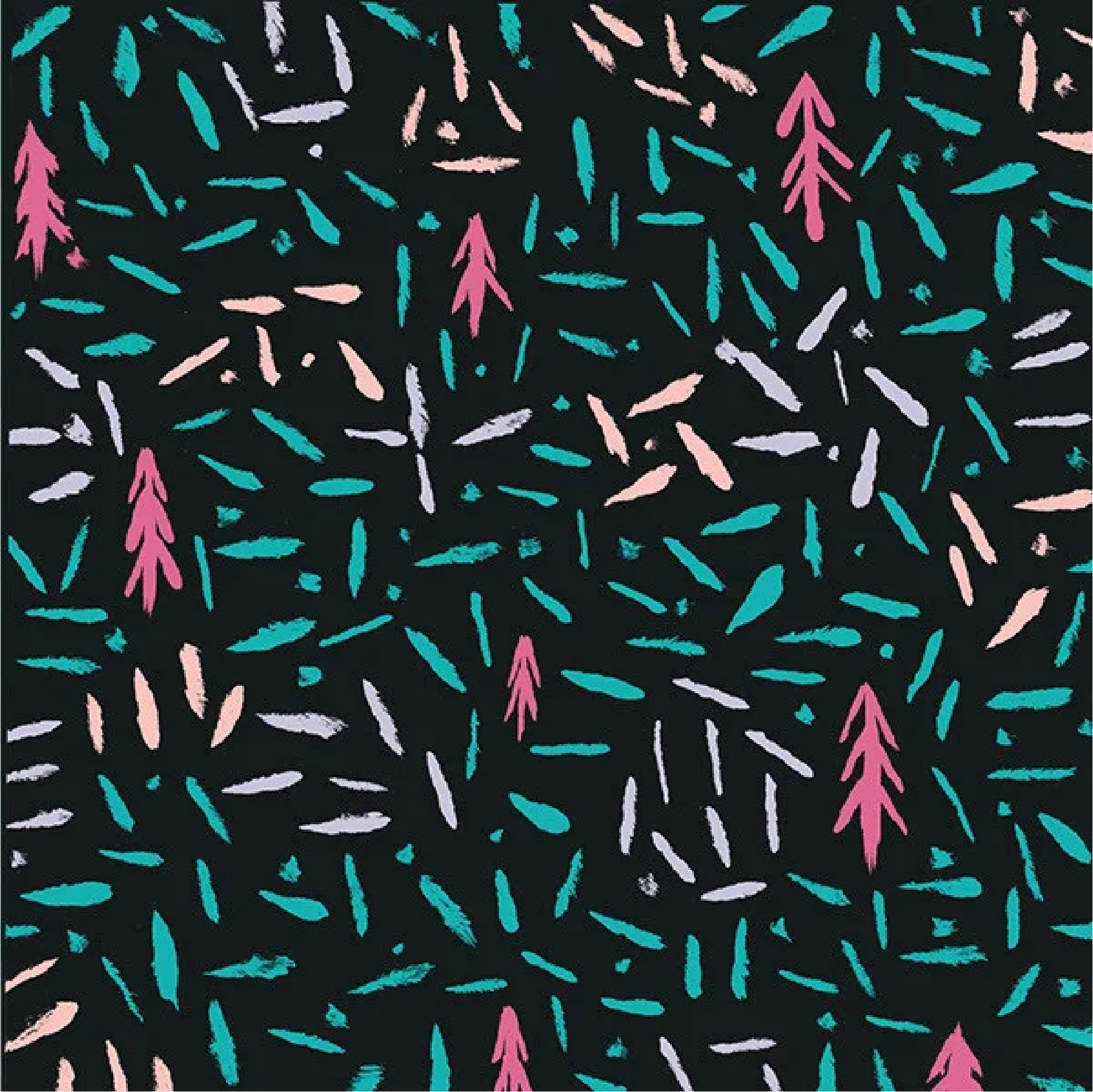


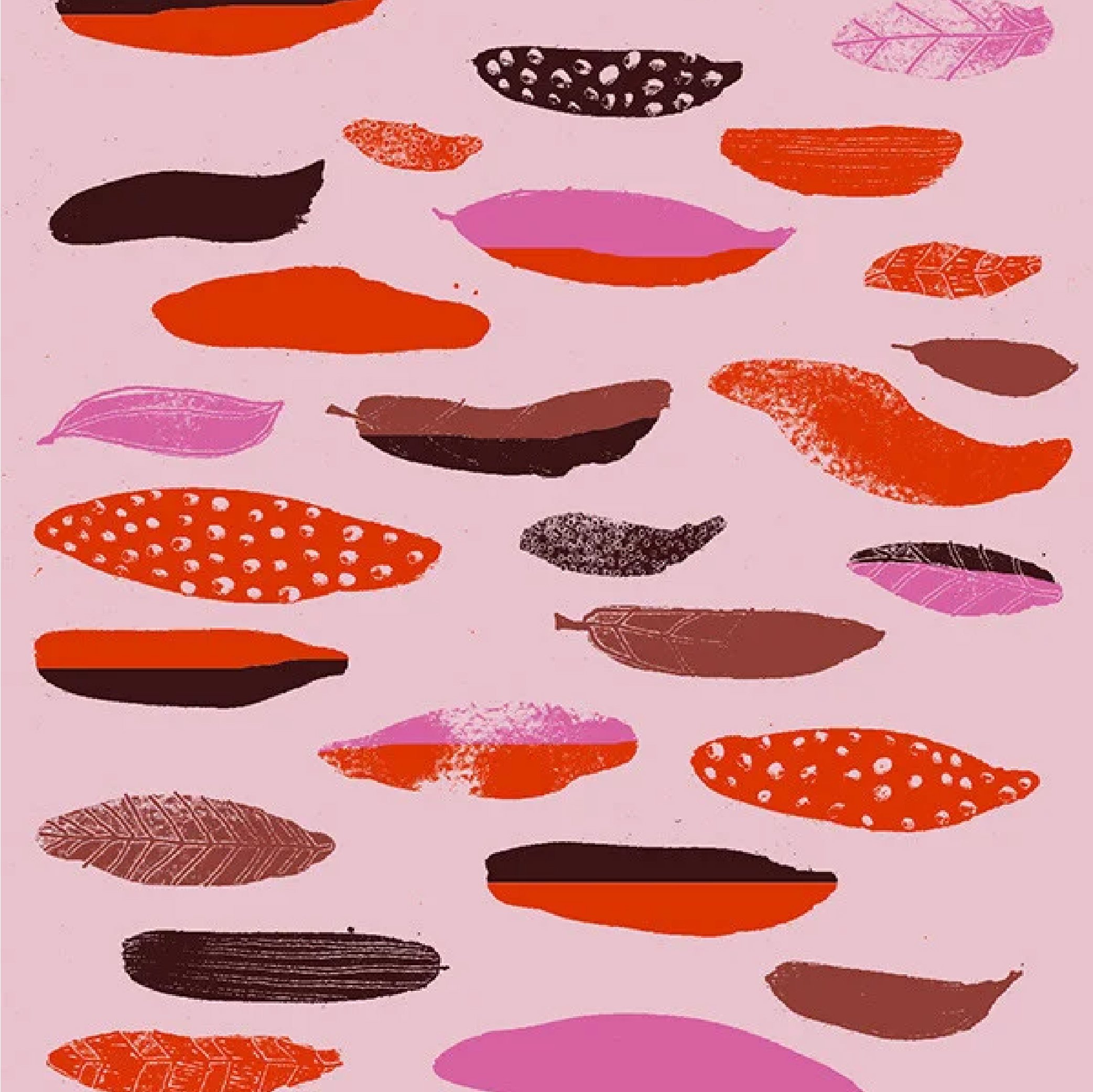

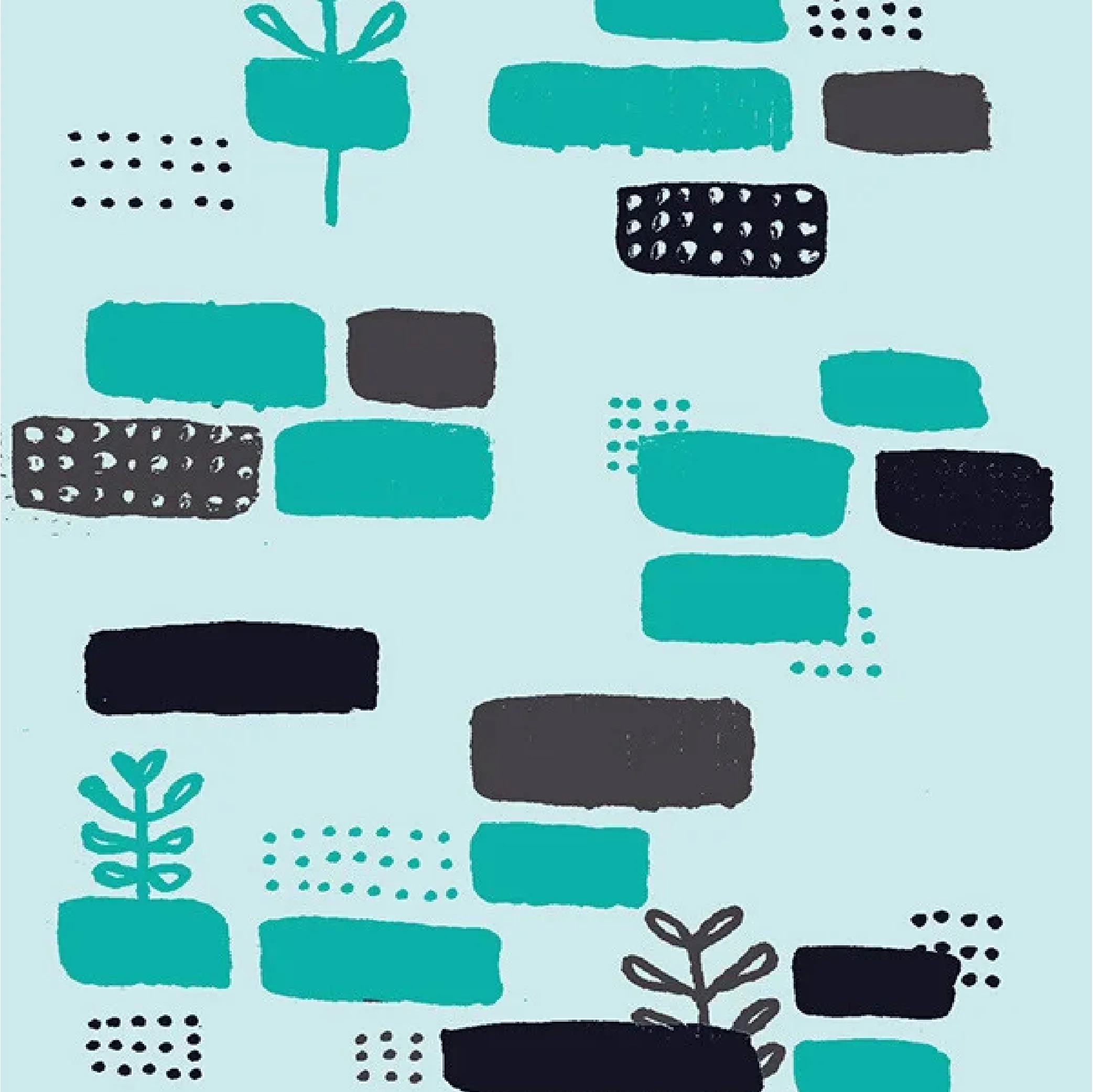
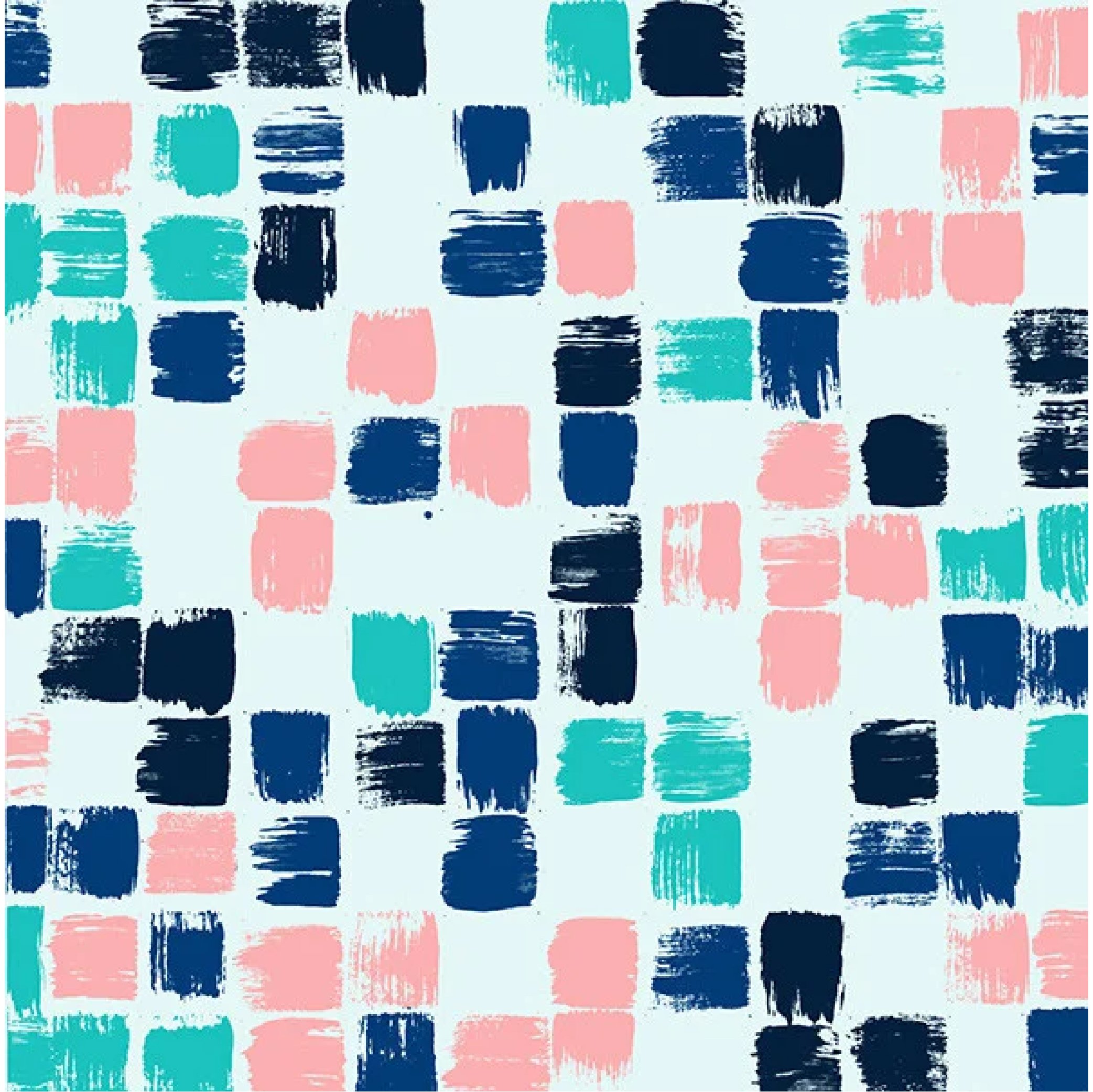
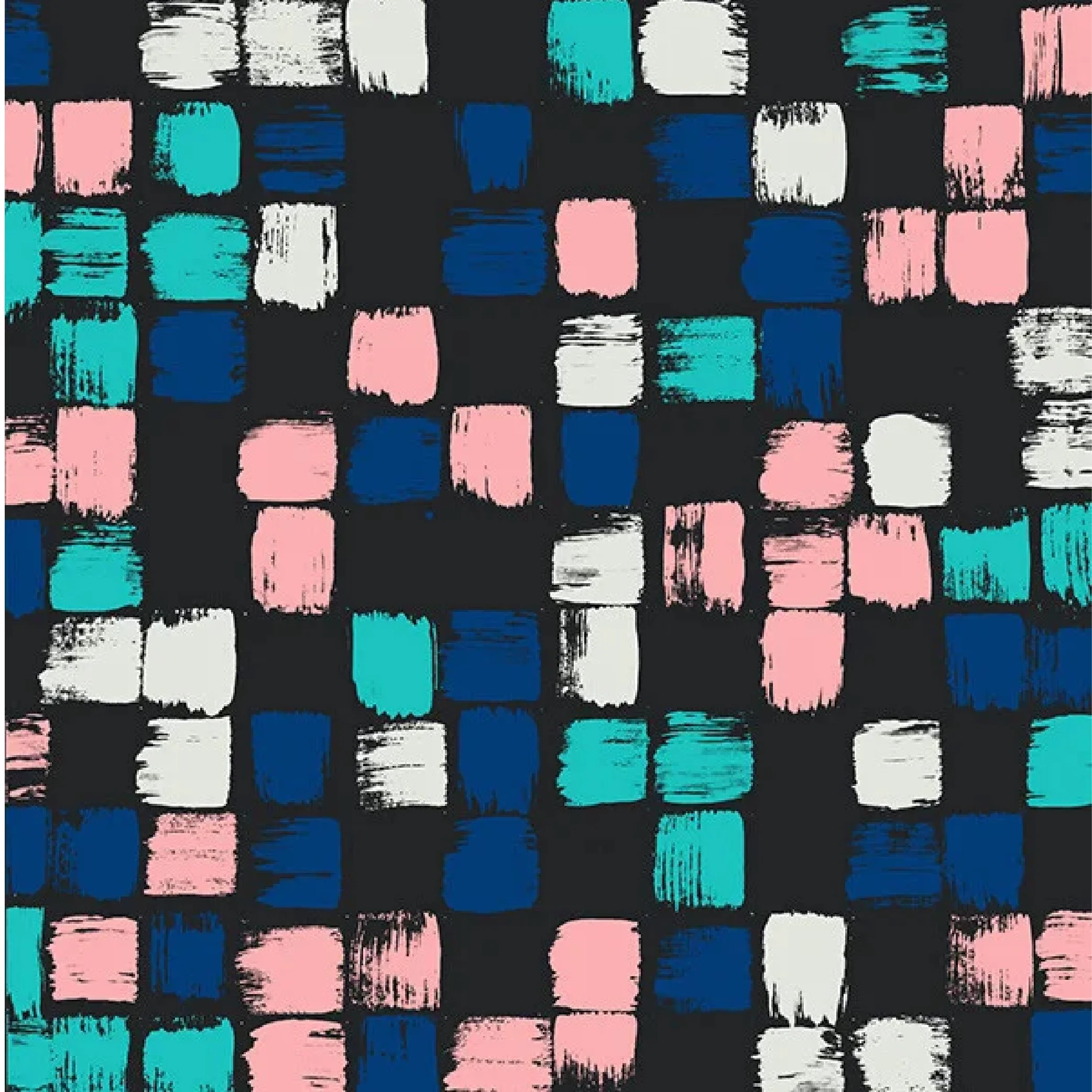

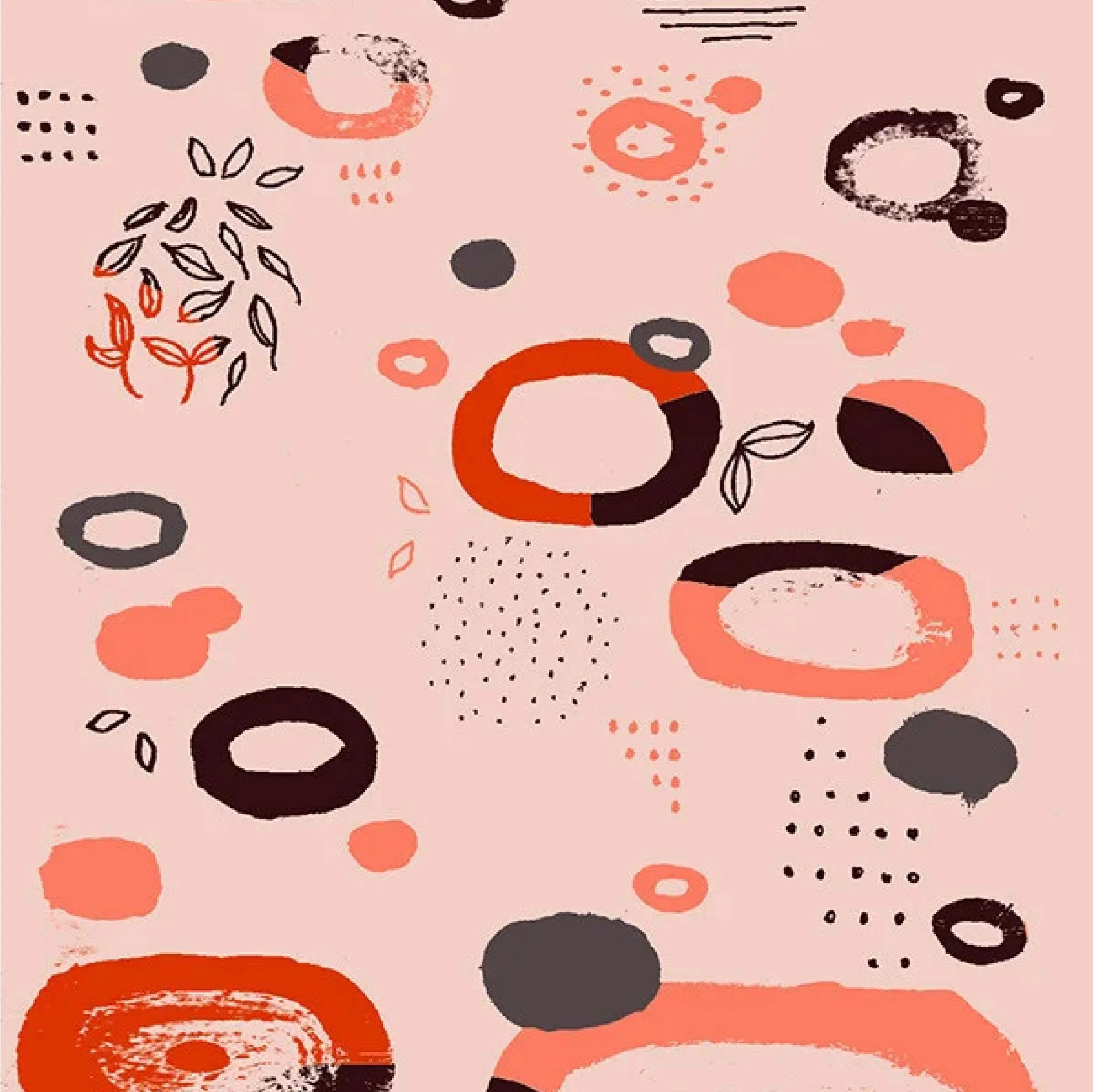



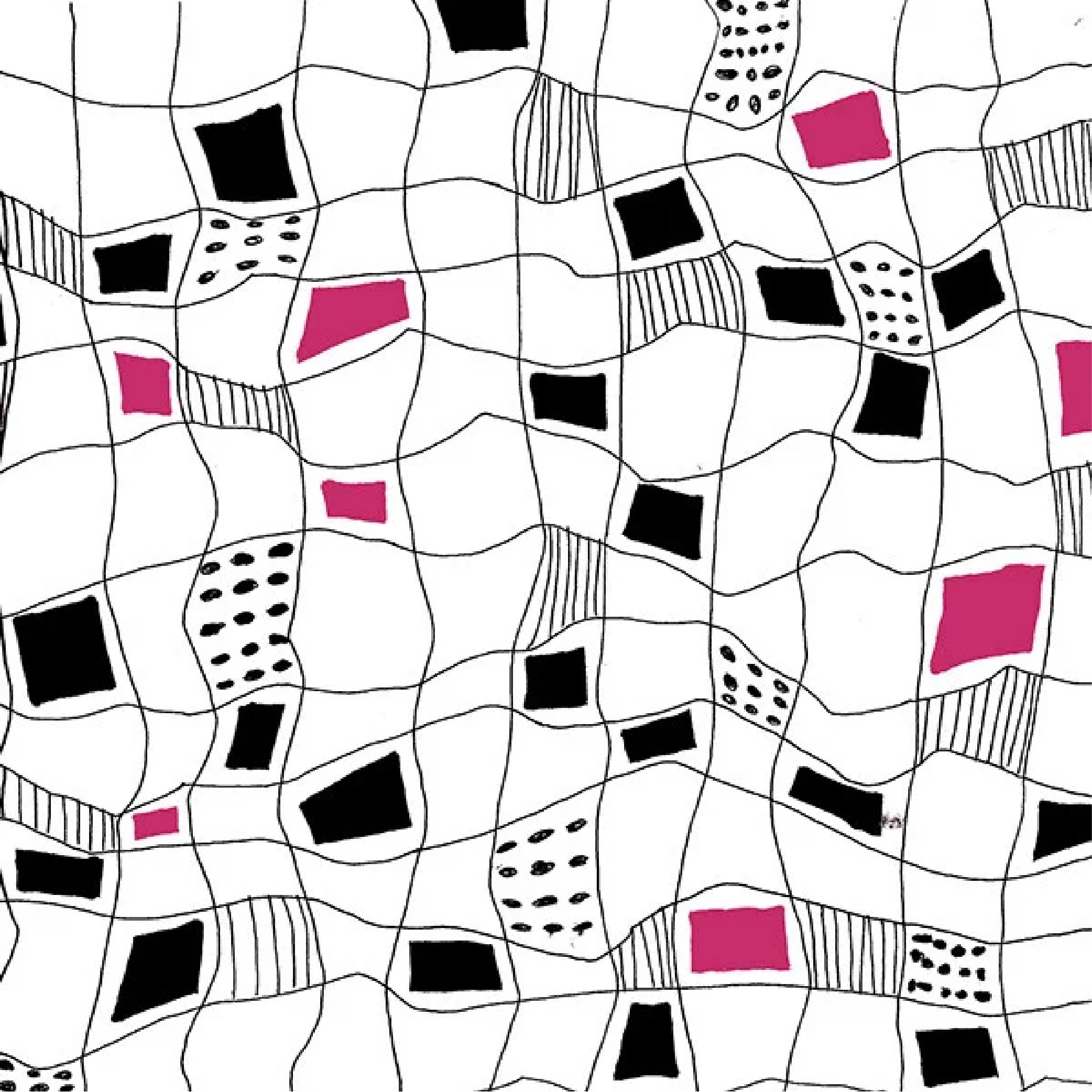


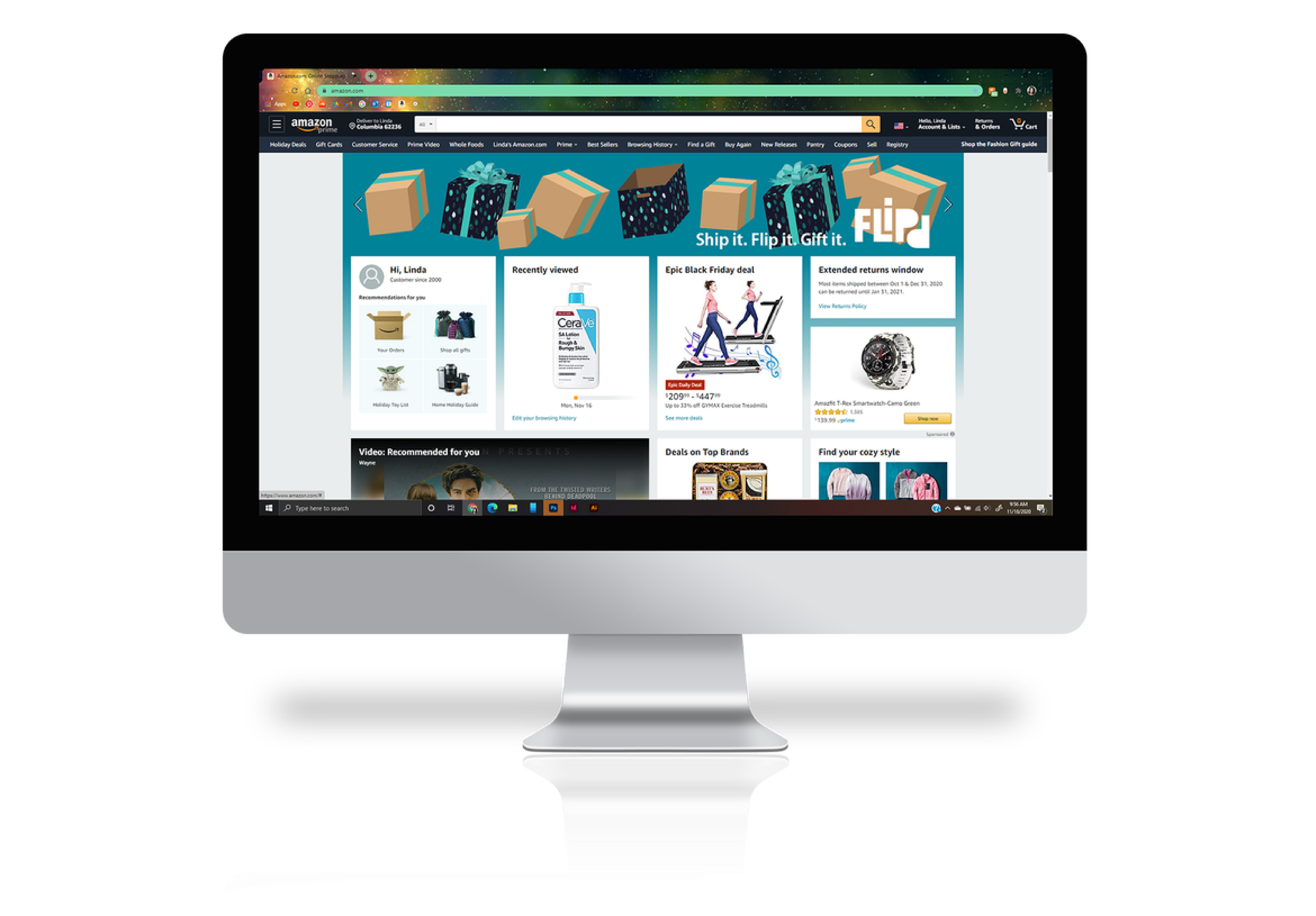


Instructional
Animation
To support the concept, I created a short instructional video demonstrating how the packaging system works—from receiving the box to flipping it inside out and revealing the patterned design. The video visually guides users through each step of the process, showing how easy it is to repurpose the box for storage or gifting. It reinforces the eco-friendly message while making the reuse process approachable and engaging.
Live
Presentation
After completing the project, I presented the concept to a live audience to walk through the design system, its functionality, and the environmental impact behind the idea. I explained how the reusable box design works—from flipping the packaging inside out to revealing the decorative interior—and highlighted how the branding encourages sustainable behavior in a visually appealing way. The presentation emphasized both the creative process and the real-world benefits, sparking a thoughtful discussion about design’s role in reducing waste and enhancing everyday experiences.




